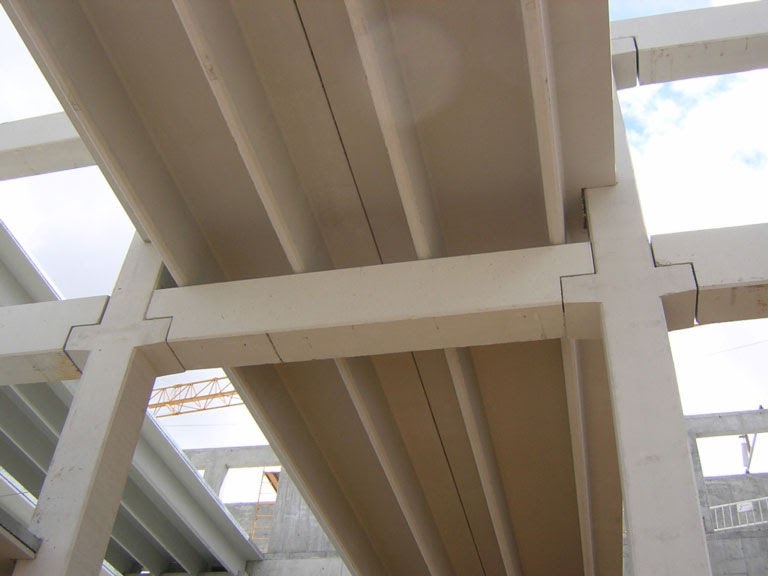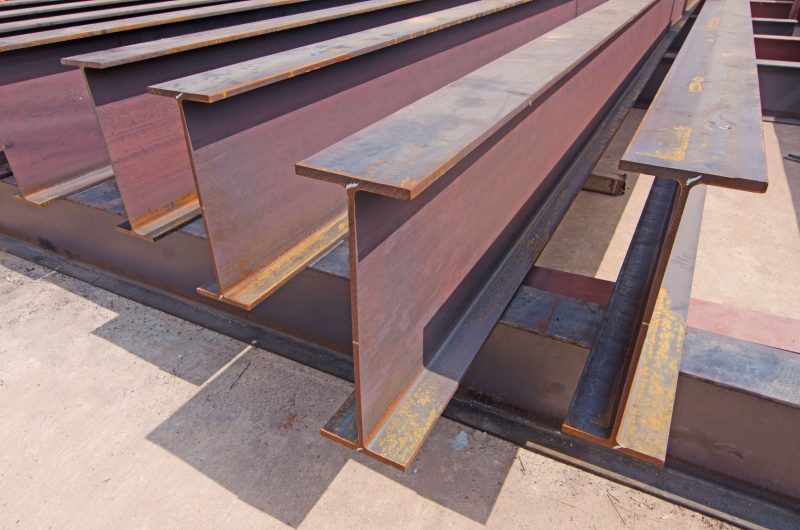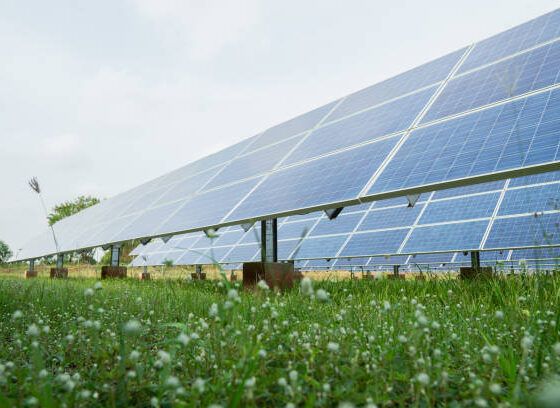What Exactly Is A Beam?
A beam is a horizontal structural part in a structure that resists lateral loads applied to the axis of the beam. A beam is a structural part that resists forces applied laterally or transversely to the (beam) axis.
Shear forces and bending moments are produced when loads apply transversely to the longitudinal axis. The main source of beam bending is the lateral load applied on the beam. They’re in charge of moving a weight from the slab to the column. The pattern of load distribution is as follows:
Direct support refers to the link between the beam and the column, whereas indirect support refers to the connection between the beam and the beam.
Beams’ function
Withstanding the weight of bending forces, it serves as an important structural part. Steel, reinforced concrete (RCC), or steel are used to construct them. It’s used in the construction to
- Load resistance
- Shear forces and counter-bending moment
- Join the two frames together.
- Assemble a load distribution that is uniform.
- Different reinforcements were utilised in the beam for various purposes, including
Support bars – These bars are found near the top of the beam and serve to keep the stirrups in place.
Main Bars – These are used to carry loads (Moments).
Stirrups – These are used to counteract shear loads (shear force).
Their profile is what defines them in general (shape, cross-section, length, material).Load is transferred and protected from bending and shear loads by this horizontal RCC construction element.
Standard Size Beams
According to the standard, the dimensions of a residential building are 9 x 12 or 225 mm x 300 mm (IS codes). With the addition of slab thickness of 125mm, the minimum size of the RCC beam should not be less than 9 9 or 225mm 225mm.
Stirrups In The Beam Have A Purpose.
To counteract the shear stress, stirrups are utilised. Another name for it is “shear reinforcement in the beam.” At the end supports (simply supported beams), shear force is greatest, and at the mid-span, it is nil. As a result, stirrups or rings are spaced closer to either end support than the middle.

Stirrups are rectangular in design and have reinforcing bars wrapped around the top and bottom bars of the beam. When a beam splits, stirrups can be inserted diagonally or vertically to prevent shear failure.
Beams Classification:
Beams in Malaysia are characterised in general by the shape of their cross-section, length, and equilibrium conditions.
1: Beams That Are Simply Supported:
A beam that is simply supported is supported on both ends. The majority of these beams are utilised in regular construction.
2: Permanent Beams:
This type of beam is known as a continuous beam since it contains more than two supports. These beams have two or more supports between them, and they are comparable to simply supported beams.
3: Beams That Are Fixed:
A fixed beam is a beam that is fixed at both ends. Vertical or rotational movement of fixed beams is not permitted. In other words, this beam will not bend under any conditions. Fixed beams are utilised in trusses and other structures when they are only subjected to shear forces.
4: Cantilever Beams:
An overhanging beam is a fixed beam on one end that is accessible on the other. Shear stress and bending moment are both carried by these beams. Bridge trusses and other structural elements frequently use these beams.
5: Beam That Hangs Over The Edge:
An overhanging beam is one that is supported by two points but hangs or is not supported by the third. It’s a cross between a cantilever and a simply supported beam.






